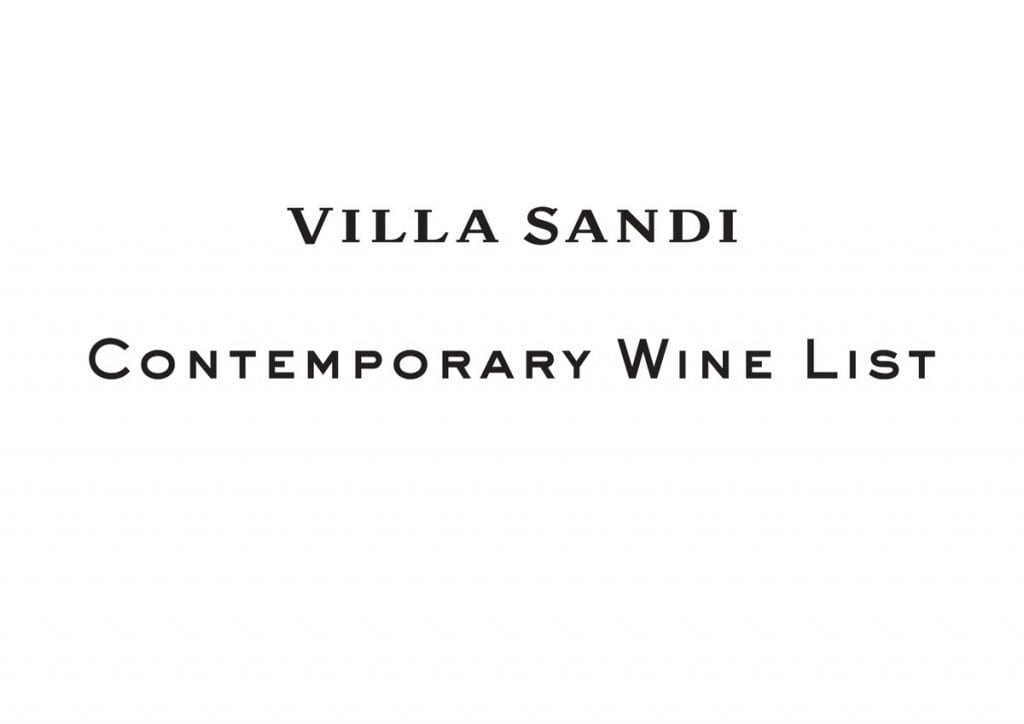The Villa Sandi Contemporary Wine List Award is the prize we reserve for the most current, brilliant and user-friendly wine lists in our Top Italian Restaurants guide, dedicated to the best of Italian dining in the world. While waiting to resume awarding venues around the world, we’re offering an educational journey through the multi-colour ‘Jurassic Park’ that is Italian viticulture. We’re proposing a series of themes published every two weeks on our international website

Italians love bubbles at any time of day. An aperitif before lunch, a glass during lunch, an aperitif just after work, with dinner, a relaxing glass after the evening meal. It is therefore not surprising that the Italian production of sparkling wines exceeds 760 million bottles, by far the highest number in the world. Of these, only 42 million, according to numbers for 2019, are produced with the Classic Method, which involves a second fermentation of the wine on the lees in the bottle. However, the most popular manufacturing process is another one. We are talking about the Italian Method, also known as the Martinotti or Charmat Method. Let's be clear. And let's start with a character who changed the history of sparkling wines: Federico Martinotti, Piedmontese oenologist. In 1895 he patented a totally innovative method in the production of sparkling wines, developing the second fermentation in a tank, a large stainless steel container, pressure-tight and temperature-controlled rather than in the individual bottles. A real discovery. Martinotti had a degree in chemistry and pharmaceuticals, he was Director of the Royal Station of Oenology in Asti and a true pioneer in the field of technology related to oenology and viticulture, from the study of new clarifiers, to filtering, to the distillation processes. He was also an important populariser and journalist and was furthermore responsible in Piedmont for a series of battles against wine makers using chemical adulterations.
Why is it addressed as the Charmat Method abroad, and not the Martinotti Method? Because a few years later, in 1907, French technician Eugène Charmat took Federico Martinotti's method, implementing it at a technical level in terms of pressure and therefore of the valves with additional micro-passages, re-patenting the process and using it on an industrial scale. Given how the Charmat Method is substantially equivalent to the Martinotti Method, often the double name is also used. Still, given the widespread production in Italy (over 90% of sparkling wine production) and the place of origin of the discovery, it is often called the Italian Method. Three ways to call a process that has revolutionized world sparkling wine. The great impulse, in terms of numbers, came after World War II, with the growth of Prosecco, a phenomenon that literally exploded in the last 10 years. But let's see together some technical specifications that make this method unique.
The phases of the method
Let's briefly see the steps. It starts with the preparation and assembly of the base wine which is decanted into tanks, with the addition of yeasts and sugars, which can withstand even very strong internal pressures, over 10 bar. The fermentation temperature is between 12 and 18 degrees Celsius. The second fermentation in the tank can last from a fermentation period between 30 and 80 days, while if the process is lengthened, it can in very rare cases even reach a year of fermentation on the yeasts, we speak of Martinotti or Charmat "Lungo." After fermentation, the wine is filtered and clarified, then decanted and finally bottled.
The wines
Freshness, immediacy, lightness. These are the three fundamental characteristics of sparkling wines obtained with this method, which already in Martinotti's intentions must stand out for production speed and aromatic profile in the production landscape. The Method is a true exaltation of the primary aromas of the grapes, a marked, crisp fruity imprint, combined with regenerating bubbles and a delicate sweetness to balance. The most used sugar dosages are Extra Dry (between 12 and 17 grams per liter) and the increasingly popular Brut (up to 12 grams of sugar). You can also enjoy some crispy Extra Brut (3 to 5 grams) and Nature (0-3 grams). Have fun indulging in the Italian production. The Martinotti Method produces Prosecco, DOC and DOCG, Asti Spumante, Moscato d'Asti, Brachetto, Lambrusco, except for the so-called ancestral refermentation. And many other native grape varieties that give life to wines that can walk with us at any moment of the day with lightheartedness.
You can find out more about the Villa Sandi Contemporary Wine List Award here
You may also want to read How to build a contemporary wine list


 US tariffs: here are the Italian wines most at risk, from Pinot Grigio to Chianti Classico
US tariffs: here are the Italian wines most at risk, from Pinot Grigio to Chianti Classico "With U.S. tariffs, buffalo mozzarella will cost almost double. We're ruined." The outburst of an Italian chef in Miami
"With U.S. tariffs, buffalo mozzarella will cost almost double. We're ruined." The outburst of an Italian chef in Miami "With US tariffs, extremely high risk for Italian wine: strike deals with buyers immediately to absorb extra costs." UIV’s proposal
"With US tariffs, extremely high risk for Italian wine: strike deals with buyers immediately to absorb extra costs." UIV’s proposal Meloni: "Tariffs? If necessary, there will be consequences. Heavy impact on agri-food sector"
Meloni: "Tariffs? If necessary, there will be consequences. Heavy impact on agri-food sector" The Government honours the greats of Italian cuisine, from Bottura to Pepe. Massari: "Thank you, Meloni, the only one who listened to us"
The Government honours the greats of Italian cuisine, from Bottura to Pepe. Massari: "Thank you, Meloni, the only one who listened to us"






